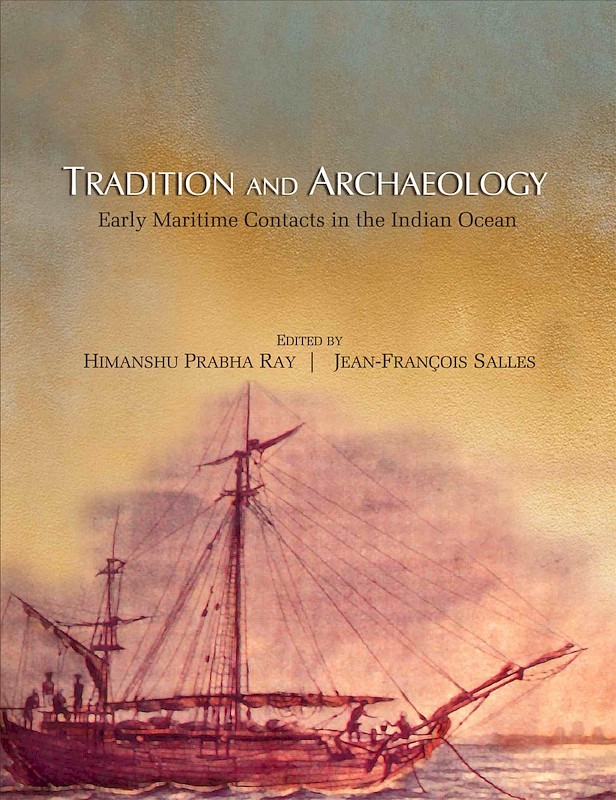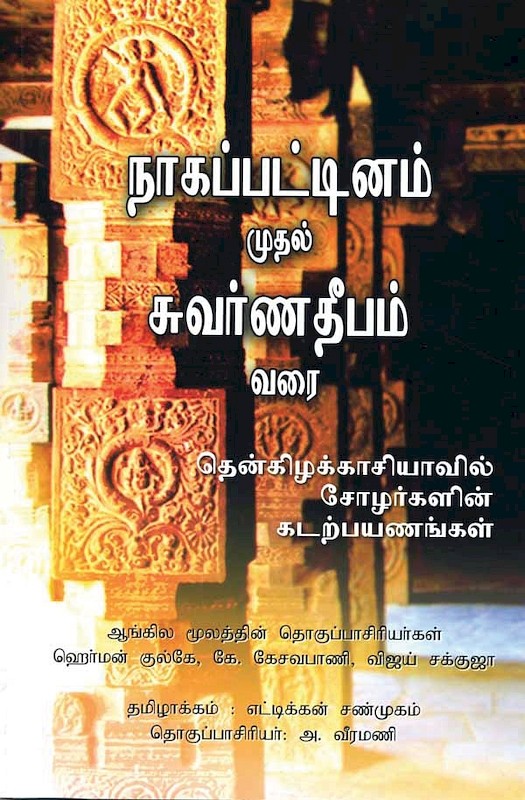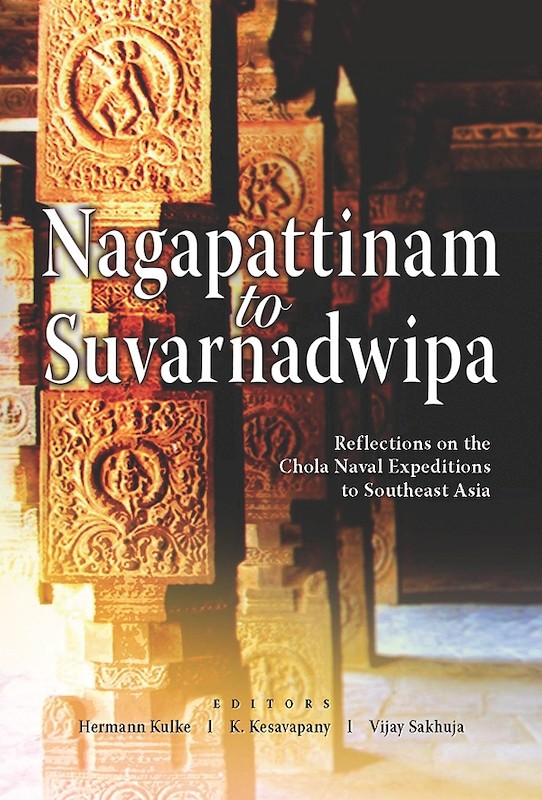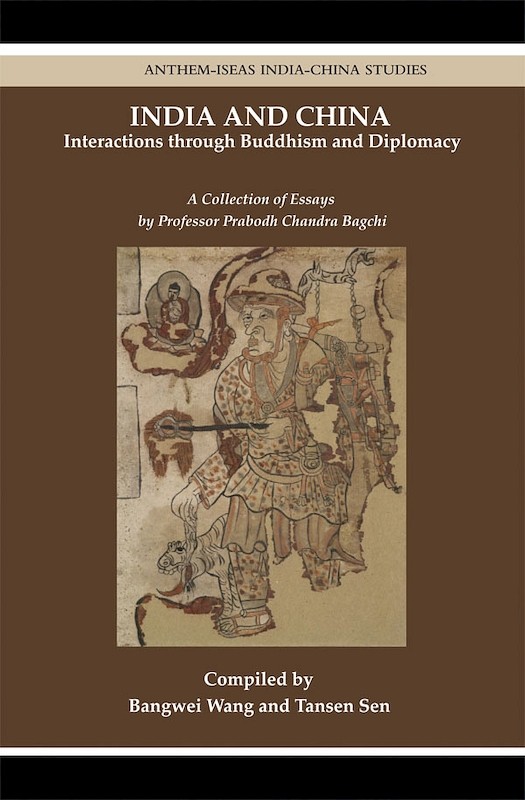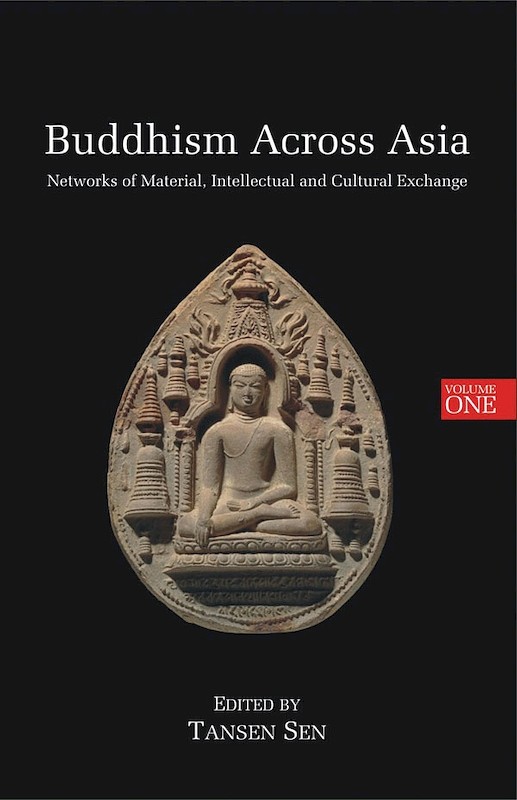Early Interactions between South and Southeast Asia: Reflections on Cross-Cultural Exchange
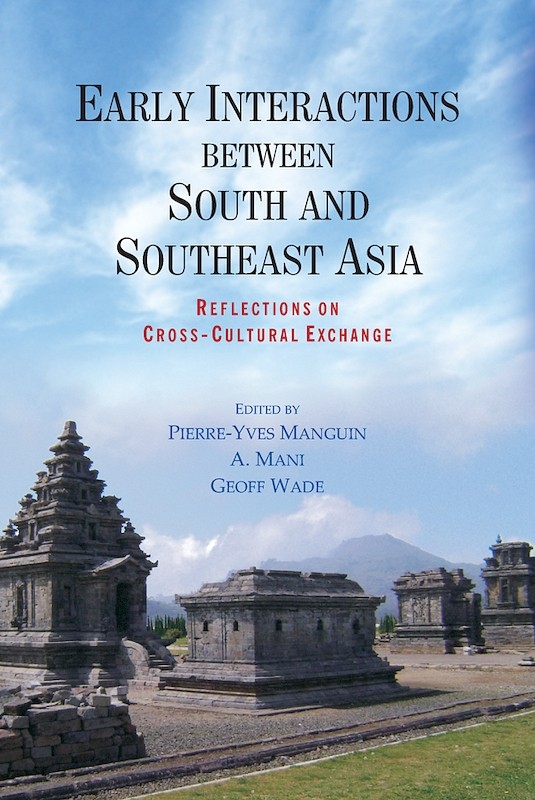
Date of publication:
2011
Publisher:
Institute of Southeast Asian Studies
Number of pages:
514
Code:
PIC201
Soft Cover
ISBN: 9789814345101
Reviews
"This volume will definitely contribute towards understanding the
protohistory of Southeast Asia, as it succeeds in providing a space for
dialogue among archaeologists, historians, and scholars of other related
disciplines of both India and Southeast Asia. Anyone seriously
interested in early history of the region, or for that matter, anyone
interested in the root of contemporary cultural exchange in the era of
globalization, should benefit from reading this volume, as well as its
companion volume Nagapattinam to Suvarnadwipa"(The International Journal of Asian Studies).
"This is the final volume from a conference on early Indian influences in Southeast Asia. Pierre-Yves Manguin's Introduction reviews controversies surrounding the term "Indianisation" and discusses the discovery that trade links between India and Southeast Asia predate by several centuries what had hitherto been taken as the beginning of Indianisation. He discusses the flow of trade goods, then considers what Southeast Asia received from India and what it gave back. The book is admirably presented and richly illustrated" (Asian Studies Review).
"This is the final volume from a conference on early Indian influences in Southeast Asia. Pierre-Yves Manguin's Introduction reviews controversies surrounding the term "Indianisation" and discusses the discovery that trade links between India and Southeast Asia predate by several centuries what had hitherto been taken as the beginning of Indianisation. He discusses the flow of trade goods, then considers what Southeast Asia received from India and what it gave back. The book is admirably presented and richly illustrated" (Asian Studies Review).
About the publication
This book takes stock of the results of some two decades of intensive archaeological research carried out on both sides of the Bay of Bengal, in combination with renewed approaches to textual sources and to art history. To improve our understanding of the trans-cultural process commonly referred to as Indianisation, it brings together specialists of both India and Southeast Asia, in a fertile inter-disciplinary confrontation. Most of the essays reappraise the millennium-long historiographic no-man's land during which exchanges between the two shores of the Bay of Bengal led, among other processes, to the Indianisation of those parts of the region that straddled the main routes of exchange. Some essays follow up these processes into better known "classical" times or even into modern times, showing that the localisation process of Indian themes has long remained at work, allowing local societies to produce their own social space and express their own ethos.
Contents
-
Early Interactions between South and Southeast Asia: Reflections on Cross-Cultural Exchange
[Whole Publication, ISBN: 9789814311175] -
Preliminary pages
- PART I: NEW ARCHAEOLOGICAL EVIDENCE FROM SOUTH ASIA AND SOUTHEAST ASIA
-
1. Central Vietnam during the Period from 500 BCE to CE 500, by Lam Thi My Dzung, author
-
2. Ban Don Ta Phet and Khao Sam Kaeo: The Earliest Indian Contacts Re-assessed, by Ian C Glover , Bérénice Bellina, authors
-
3. Preliminary Study of Indian and Indian Style Wares from Khao Sam Kaeo (Chumphon, Peninsular Thailand), Fourth-Second Centuries BCE, by Phaedra Bouvet, author
-
4. Early Contacts between India and the Andaman Coast in Thailand from the Second Century BCE to Eleventh Century CE, by Boonyarit Chaisuwan, author
-
5. The Batujaya Site: New Evidence of Early Indian Influence in West Java, by Pierre-Yves Manguin, Agustijanto Indradjaja, authors
-
6. Continuity and Change in South Indian Involvement in Northern Sumatra: The Inferences of Archaeological Evidence from Kota Cina and Lamreh, by Edmund Edwards-McKinnon, author
-
7. South Asia and the Tapanuli Area (North-West Sumatra): Ninth-Fourteenth Centuries CE, by Daniel Perret, Heddy Surachman, authors
-
8. Emergence of Early Historic Trade in Peninsular India, by K Rajan, author
-
9. Contacts between India and Southeast Asia in Ceramic and Boat Building Traditions, by V Selvakumar, author
- PART II: LOCALISATION IN SOUTHEAST ASIA
-
11. Tamil Merchants and the Hindu-Buddhist Diaspora in Early Southeast Asia, by John Guy, author
-
12. The Spread of Sanskrit in Southeast Asia, by Johannes Bronkhorst, author
-
13. The Early Inscriptions of Indonesia and the Problem of the Sanskrit Cosmopolis, by Daud Ali, author
-
14. Indian Architecture in the Sanskrit Cosmopolis: The Temples of the Dieng Plateau, by Julie Romain, author
-
15. The Importance of Gupta-period Sculpture in Southeast Asian Art History, by Robert L Brown, author
-
16. Individuals under the Glaze: Local Transformations of Indianisation in the Decorative Lintels of Angkor, by Martin Polkinghorne, author
-
17. Early Musical Exchange between India and Southeast Asia, by Arsenio Nicolas, author
-
18. Buddhism and the Circulation of Ritual in Early Peninsular Southeast Asia, by Peter Skilling, author
-
19. Early Buddhism in Myanmar: Ye Dhamm? Inscriptions from Arakan, by Kyaw Minn Htin, author
-
20. Hindu Deities in Southern Vietnam: Images on Small Archaeological Artefacts, by Le Thi Lien, author
-
21. The Depositing of the Embryo Temple Consecration Rituals in the Hindu Tradition of South and Southeast Asia: A Study of the Textual and Archaeological Evidence, by Anna A Slaczka, author
-
22. Localisation of Indian Influences as Reflected in the Laotian Versions of the Ramayana, by Sachchidanand Sahai, author
-
23. Broken Threads: Contested Histories of Brahminism in Cambodia and Thailand and the Construction of Ritual Authority, by Boreth Ly, author
-
List of Contributors
-
Index

